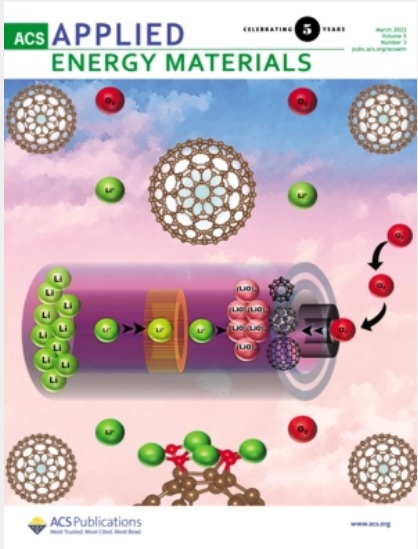Hydrogen (H2) formation from hydrogen-rich precursors is a hot topic, whereby carbon-free energy perspectives, mechanistic features, and synthetic applications are actively searched. Here, we report oxygen atom uptake from water under ambient conditions, producing H2 in the presence of alloyed Au-Rh nanoparticle catalysts encapsulated in a “click”-dendrimer. These systems are named nanozymes (NZs) because their function and mechanism resemble those of hydrogenase enzymes. The Au-Rh NZs with variable proportions of Au and Rh exhibit positive sharp volcano-type synergy and visible light-induced acceleration. The best synergy in the dark is disclosed in Au4Rh1, achieving a turnover frequency (TOFs) of 5100 molH2 molcata–1 min–1 in dark, 3.4 times higher than the related Au NZ and 8.9 times higher than the related Rh NZ at 25 ± 1 °C. The catalytic activity of Au-Rh for H2 evolution is enhanced by visible light irradiation due to the Au plasmon, so that the synergistic effect in the dark and the visible light-induced rate enhancement cumulate for Au4Rh1, allowing for complete B2(OH)4 hydrolysis in 39 s at 25 ± 1 °C (TOFs = 6000 molH2 molcata–1 min–1). Upon increasing the Rh content, Au-Rh provides less synergy in the dark, whereas the light enhancement of the reaction rate increases, reaching a maximum for Au1Rh2. Experiments using D2O, including kinetic isotope effect determination, suggest that the rate-determining step of the reaction involves concerted O–H bond cleavage of water and support the proposed catalytic reaction mechanism.

